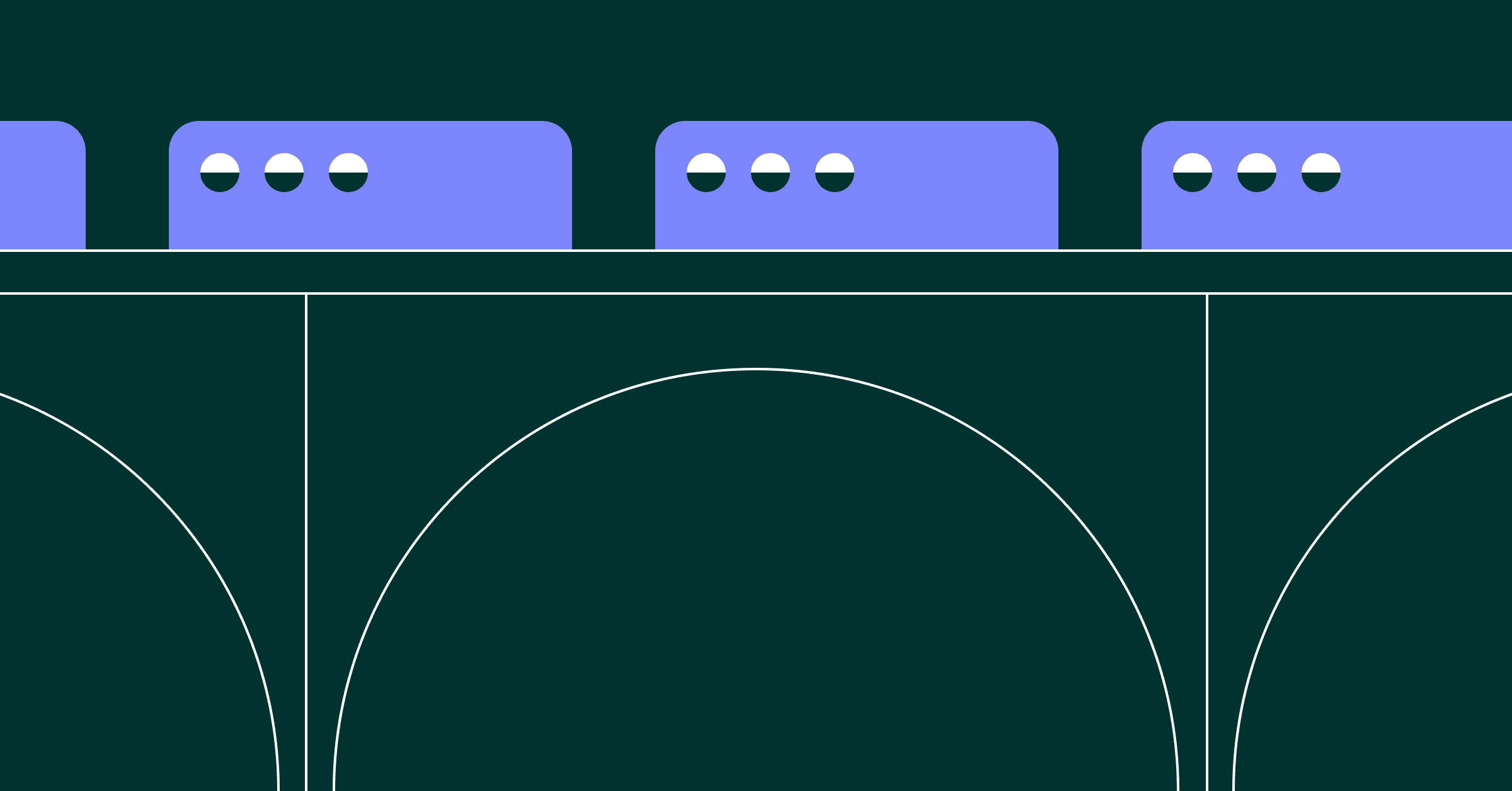How do you introduce AI tools to a team of high-performing, senior engineers who are already highly productive and "pretty cynical with everything that is a bit buzzy"? This was the challenge facing Loic Houssier, who leads engineering at Superhuman. His team was full of long-tenured engineers with established, effective workflows.
What started as widespread skepticism has since evolved into a strategic advantage, with AI becoming an integral part of their engineering culture. The key to this transformation wasn't a top-down mandate, but a careful, organic approach that leveraged peer-to-peer influence and a cross-functional "AI Guild."
This article explores Superhuman's journey, detailing how they broke through the initial cynicism, used a guild to foster organic adoption, and discovered two powerful new productivity levers: rapid ramp-up and "disposable code."
Overcoming skepticism with peer influence and a guild
Houssier's first rule of adoption was to avoid a top-down mandate. "I totally stepped away. I didn't want it to be like... 'oh, we need to use AI.' I said, 'Hey, AI seems cool, free for all,'" he explains. This removed resistance by emphasizing experimentation over compliance. The breakthrough came not from leadership, but from a respected peer: Superhuman's chief architect. This engineer, who was highly regarded by the team and had previously dismissed AI tools, revisited them and discovered their massive improvements. His genuine endorsement was the pivot point that made other senior skeptics willing to reconsider.
To capture this organic interest, Superhuman established a cross-functional "AI Guild." This group, which included both skeptical senior engineers and adaptable junior engineers, became the engine for adoption. The guild’s first move was to act as an enablement team, removing "all the roadblocks from a compliance [and] financial standpoint" so engineers could experiment freely.
This guild structure also created a natural, cross-team knowledge-sharing mechanism. Houssier describes the "water cooler" effect it created: "'Hey... we saw yesterday on the guild meeting, that team is doing X, Y, and Z. Sounds cool. Oh yeah, we'll try it this week.'" By blending the "sarcastic curiosity" of senior engineers—who validate if a tool actually works—with the "brain plasticity" of junior engineers—who try new tools every week—the guild ensured that new use cases were both discovered quickly and vetted for real value.
The new productivity levers: rapid ramp-up and 'disposable code'
Once adoption took root, the team quickly saw AI's value in two critical areas. The first was a dramatic acceleration in ramp-up time for engineers moving onto new projects. "The ramp up now is so easy," Houssier explains. "You can just talk to your code, understand the entry point... this domain expertise that... [would] take a couple of days... one hour, and you get a nice picture." This ability to get a new developer contributing meaningfully in an hour instead of days is a massive productivity unlock.
The second, and perhaps more transformative, benefit is the rise of "disposable code." These are quick automation scripts for one-off tasks that previously would have been too time-consuming to justify. "Now, 20 minutes and you have something that is working," Houssier says. He shares a powerful example from Superhuman's acquisition by Grammarly: "During due diligence, you need to compute like a bunch of data... all the open source libraries that you're using, tell me all the licenses." What would have been a manual, multi-day ordeal was completed in 90 minutes by an AI-written script that was used once and then discarded.
Measuring what matters: metrics as a conversation starter
To validate these qualitative wins, Superhuman implemented a transparent, non-punitive approach to metrics. After initially tracking just adoption, they began labeling PRs to indicate whether AI was "helpful" in completing the work. The results were overwhelming: approximately 90% of PRs where AI was used were flagged as "AI helpful."
For a broader view, the team monitors PR throughput per engineer, but Houssier is adamant that this is purely a tool for identifying trends, not for performance evaluation. "Metrics in themselves are useless, it's the discussions they trigger that are valuable," he states. This philosophy is communicated openly to the team. If one team's metrics look different, it's not a punishment; it's an opportunity to "ask questions... and talk with the tech lead" to understand their perspective and see if they need help.
From cynicism to a strategic advantage
Superhuman's journey proves that even the most skeptical, high-performing engineering teams can transform AI from a "buzzy" distraction into a core productivity driver. Their success wasn't built on a mandate, but on a more human and strategic approach.
Their blueprint is clear: leverage respected technical leaders to build trust, create cross-functional guilds to foster organic adoption and knowledge sharing, and implement transparent, non-punitive metrics to facilitate improvement. By doing so, they've unlocked new efficiencies, from rapid onboarding to the game-changing power of "disposable code."
Ultimately, Superhuman's story shows that the key to AI adoption isn't forcing a new tool, but creating an environment where engineers can discover its value for themselves.
For the full story on navigating AI skepticism in engineering, listen to Loic Houssier discuss these ideas in depth on the Dev Interrupted podcast.




